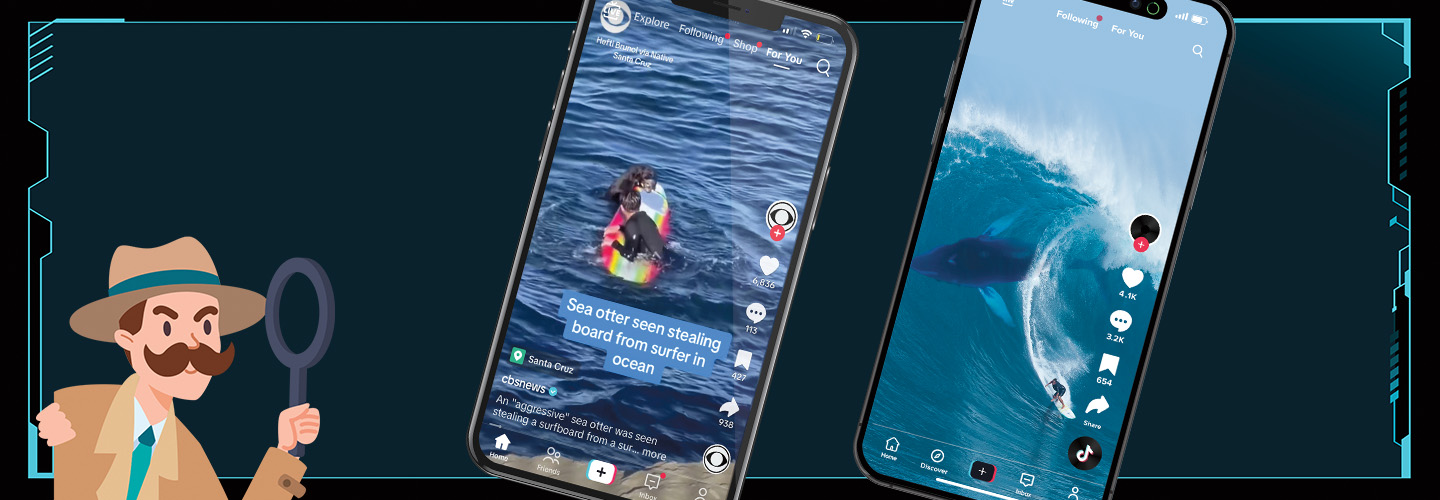People in Indiana were alarmed. Last December, a social media post claimed that two lions escaped from the Indianapolis Zoo. It showed a photo of lions walking outside at night. Within hours, it had been shared more than 20,000 times.
But the post was fake. No animals had escaped. The photo had actually been taken in 2015 in South Africa.
This is just one example of online disinformation. That’s false or inaccurate information that is meant to mislead people.
It’s never been easier to create and share fake online content that seems real. Just about anyone can edit photos and videos.
So fakes can be hard to spot and often trick people. According to a recent survey, only 23 percent of adults said they felt very confident that they could identify false information. That’s a problem because not all fake content is harmless.
Here are some tips to help you tell fact from fiction.

